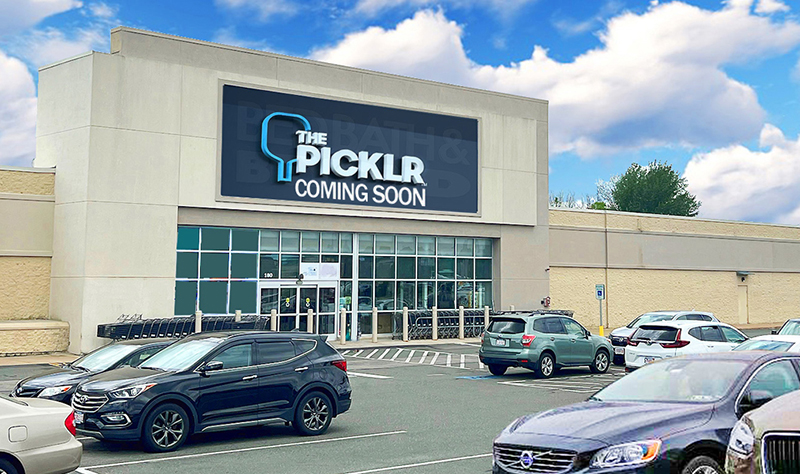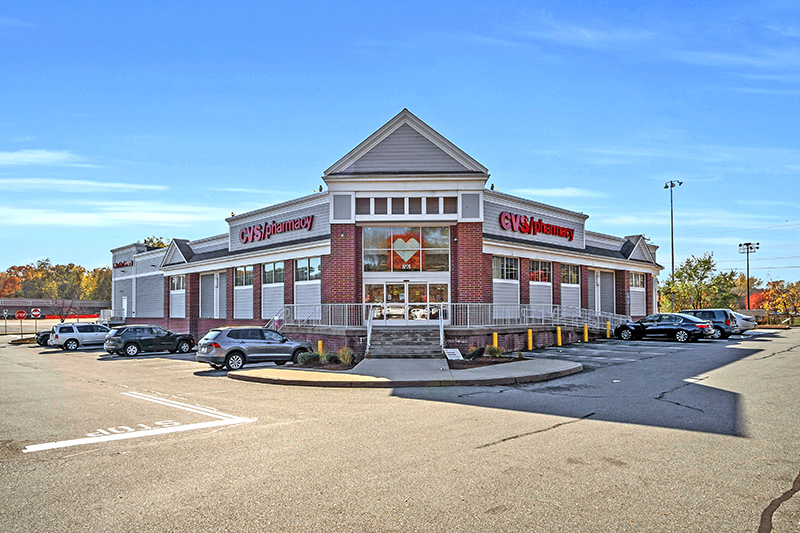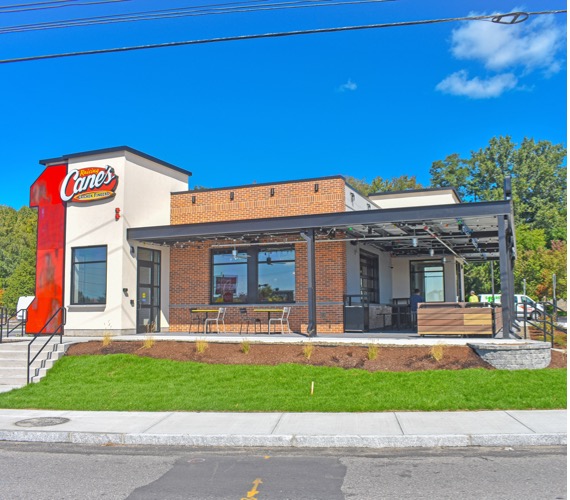News: Retail
Posted: January 21, 2010
More owners challenge tax revaluations
Declining shopping center values, which have been difficult to gauge in this stalled transactions market, have created a logjam of tax-assessment challenges in the courts and at hearings. "I've been practicing law for 34 years, and I've never seen anything like this," said John Garippa, senior partner of Montclair, N.J.-based Garippa, Lotz & Giannuario, whose clients include developers and retailers. Budget-strapped governments are dragging some cases out for years rather than surrender a dime of revenue, Garippa says. In one jurisdiction where his firm practices, case volume has risen about 50% this year. For many landlords, a property tax challenge furnishes the first view of what a repriced asset is worth.
Some centers are apparently still paying based on irrationally high valuations. The median amount of property tax jumped from $1.01 per s/f to $1.60 per s/f in the go-go years from 2003 to 2007, according to the Institute of Real Estate Management. But even as the retail economy contracted, that rose again to $1.87 per s/f last year, the organization says. Widespread property tax protests, coupled with substantial sales tax revenue losses, "are causing cities to change the way they look at everything they do," said Christiana McFarland, director of finance and economic development for the National League of Cities. "They are freezing hiring, cutting staff and re-evaluating the extent of their vital services." Some areas are adjusting more quickly than others. In Los Angeles County, average assessments dropped this year for the first time in 12 years, ranging from a 15% decrease in the cities of Lancaster and Palmdale to a barely discernible 0.1% in Los Angeles. By contrast, Malibu and Beverly Hills saw assessment increases. Meanwhile some tax authorities are pre-emptively lowering property taxes to avoid a crush of challenges.
The shopping center industry is still in the early stages of addressing the valuation question, according to Reza Etedali, CEO of Irvine, Calif.-based Reza Investment Group. "No one has an absolute feel for where rents and occupancy will settle," he said. "So it is going to take us at least another year to get a good solid feel for where prices are going to shake out."
Tags:
Retail
MORE FROM Retail
Mace of KeyPoint Partners negotiates 36,192 s/f lease for The Picklr at Endicott Square
Danvers, MA KeyPoint Partners (KPP) negotiated a lease with the nation’s premier indoor pickleball venue The Picklr at Endicott Sq. Vice president of retail brokerage Don Mace negotiated the transaction on behalf of the landlord.




.jpg)


.png)
